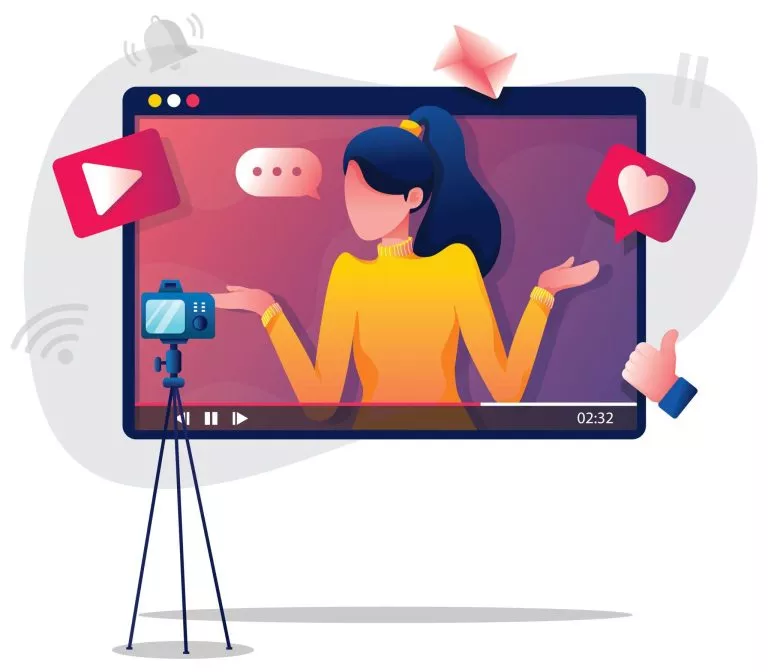In the world of digital marketing, influencer collaborations have evolved from a trend to an integral part of successful brand strategies. As we navigate through 2023, the landscape of influencer marketing continues to transform, presenting new opportunities and challenges for marketers. In this article, we’ll explore the evolution of influencer marketing in 2023, from the changing dynamics of influencer-brand relationships to innovative strategies that are shaping the industry.
1. From Reach to Relevance
Influencer marketing has shifted its focus from mere follower counts to relevance and authenticity. Brands now prioritize influencers whose values align with theirs and who resonate with their target audience on a deeper level. Micro-influencers and nano-influencers are gaining traction due to their highly engaged and niche communities.
2. Long-Term Partnerships
Short-term collaborations are giving way to long-term partnerships. Brands recognize the value of sustained relationships with influencers, fostering authenticity and trust over time. These partnerships lead to more meaningful content creation and stronger connections with the audience.
3. Performance Metrics and ROI
With increased scrutiny on marketing budgets, brands are demanding concrete results from influencer campaigns. Metrics like engagement rates, conversions, and sales attribution are becoming central in measuring ROI. Brands are working closely with influencers to track and optimize performance.
4. Diversification of Platforms
While Instagram and YouTube remain popular, influencers are expanding their presence to emerging platforms like TikTok, Clubhouse, and Twitch. Brands are diversifying their strategies to leverage the unique engagement opportunities these platforms offer.
5. Authentic Storytelling
Consumers demand authenticity from influencers. Brands are encouraging influencers to share personal stories and experiences, fostering genuine connections that resonate with audiences.
6. Regulation and Transparency
In response to past issues with transparency, influencer-brand partnerships are becoming more transparent. Influencers are disclosing collaborations, and brands are valuing authentic content over forced endorsements.
7. User-Generated Content Collaboration
Brands are collaborating with influencers to co-create user-generated content (UGC). This content, often featuring real customers, adds credibility and relatability to campaigns.
8. Data-Driven Strategies
Advanced analytics tools allow brands to identify the right influencers for their campaigns based on data-driven insights. This ensures better alignment with target audiences and higher campaign effectiveness.
9. Integration of Values and Causes
Influencers are increasingly partnering with brands that share their values and causes. Socially conscious collaborations can resonate strongly with audiences and enhance brand credibility.
10. Virtual and Augmented Reality Campaigns
Innovative influencers are exploring VR and AR to create immersive campaigns. These technologies enable unique storytelling and engaging experiences that capture attention.
11. Embracing New Formats
Influencers are experimenting with new formats like live streaming, interactive polls, and gamified content. Brands are leveraging these formats to create dynamic and engaging campaigns.
In conclusion, influencer marketing has come a long way, evolving from one-off endorsements to holistic brand partnerships. In 2023, authenticity, relevance, and transparency are key drivers of successful influencer collaborations. As the landscape continues to evolve, brands that adapt and innovate within this space are poised to build strong connections, drive engagement, and achieve meaningful results.
Explore the transformative journey of influencer marketing in 2023. Learn about the trends, strategies, and dynamics that are shaping effective influencer collaborations.

